Welcome to Kiki+Koko: Let’s NihonGO!! Online in blog form, written by Kiki+Koko, twins who’ve been sharing and caring about Japanese language learners everywhere since 1904.
Here at Kiki+Koko: Let’s NihonGO!!, we love to hear from you, and we get a lot of questions both in person and online– as well as Morse code beamed via satellite. So much so that we’ve decided to start a series here on the Kiki+Koko: Let’s NihonGO!! Blog. So, if you have a question, feel free to use any of those methods or simply comment on these posts and we’ll see if we can add your question to the next YQA (Your Questions Answered). If you’re a special patron on Patreon, we’ll make sure to give you a shout out if you like.
So, that brings us to today: After our first video about how to write in Japanese, we received a question from a viewer that was very interesting and definitely merited a proper explanation!

Thank you so much for your question, by the way! You know who you are~ It’s so important to get your perspectives! What confuses you? What do you want to know? Maybe you want our opinion or perspectives? Either way, don’t be shy! We’ll only use your name or alias if you request it.
Anyway, we decided this would be a great question to answer before we moved onto the rest of the hiragana lessons– It’ll make sense of a lot of what’s happening, and the patterns might actually make memorising everything a little simpler, or at least easier to suss out.
So, first, let’s look at the second half of this: Why does English order vowels as aeiou? We don’t have to look any further than the English alphabet for this answer! Think of it: abcdefghijklmnopqrstuvwxyz — As you can see by the boldface, aeiou are actually in order. So! What this question actually boils down to is alphabetical order.
For all intents and purposes, we’ll refer to the Japanese writing systems as alphabets, as it’ll make the comparison easier. The reason why it’s あいうえお (aiueo) and not あえいおう is because Japanese doesn’t follow the same alphabetical order as English. So, sure, we could say this is mission accomplished, question answered, but this still leaves a lot of questions, like: What is Japanese alphabetical order? And, that’s where we’ll begin!
 But! Before, we begin, we definitely recommend reading this article to get a basic understanding of how Japanese works—It’ll be really helpful before you get further into this article, as more questions will arise. Then, you can come back, and feel a lot more confident in what you’re reading.
But! Before, we begin, we definitely recommend reading this article to get a basic understanding of how Japanese works—It’ll be really helpful before you get further into this article, as more questions will arise. Then, you can come back, and feel a lot more confident in what you’re reading.
Alright, NOW let’s just jUmp right into it!
In Japanese, there actually are two sorts of alphabets, 五十音 , gojyuuon, and いろは, iroha. Each of these could really have an entire series of articles written about them to fully explain them—but a quick synopsis would be much more suitable for this. So, iroha, we can call the more traditional alphabet. It is basically a Japanese poem that is a pangram from of every Japanese syllable, or for this case, every kana. Pangrams are passages or sentences that use every letter from the alphabet. One you might recognise, especially in downloading English fonts, would be The quick brown fox jumps over the lazy dog. It’s not just a sentence written by someone who really likes foxes who wanted to perpetuate their love of foxes throughout the internet, the sentence serves the purpose of seeing each letter in one discerable passage. This is basically the same as what iroha, does— Only, it was written in 万葉仮名, man’yougana, but that’s definitely a lesson for another day.
So, while iroha is still useful and is a very important part of learning and culture, it still lacks the order that we see in the ubiquitous gojyuuon, though you may hear people still refer to the basics or the ABCs of something as いろは, iroha. So, while as a beginner, here, we’re not going to use this order for teaching early on, it’s still something you should keep in mind as more of a culture note.
But, now, the moment you’ve waited for, what on Earth is 五十音 , gojyuuon? Well, it literally means fifty sounds, and it is most notably recognised as a 5×10 square grid, though three spaces are empty, one is outside of the grid, and two are considered obsolete — But we’ll include them in our lessons since there’s quite a few places where they’re used for style or in older books and names… And maybe we’ll include ultra rare ones like ゐ゙, but that’s for another day.

もしもーし!!Click to Learn More!
Basically, it’s ordered first with vowels, then by consonants KSTNHMYRW, which don’t exist on their own, so, more like: あかさたなはまやらわ, then branched off of that and organised by the vowels, あいうえお— But, it’d be best just to take a look for yourself, of course. Feel free to click QUIZBO™ mini (or here) to get a closer look.
We hope that answered your question! Again, feel free to leave a comment below and see if your question gets featured on the next Your Questions Answered by KiKi+KoKo!
Have a day!
Categories: 質問 | Question!, Kiki+KoKo: Let's NihonGO!!, SpeRaToBo







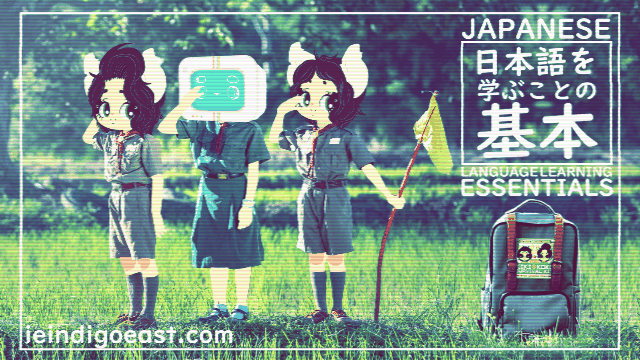
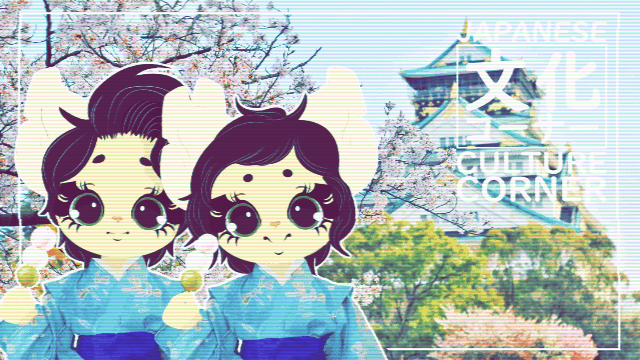




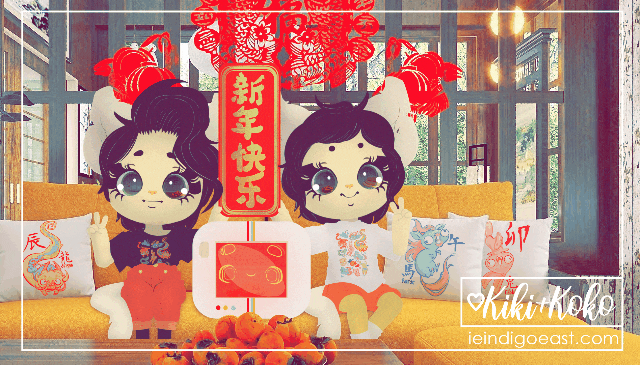

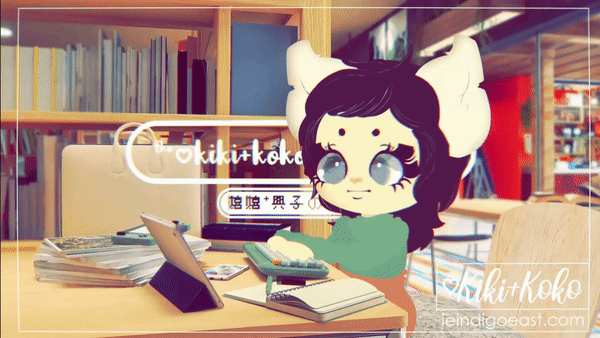


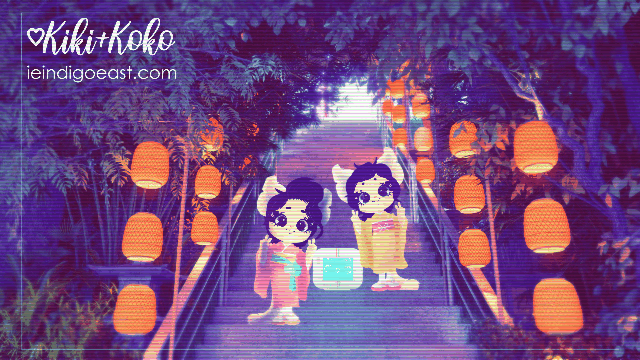
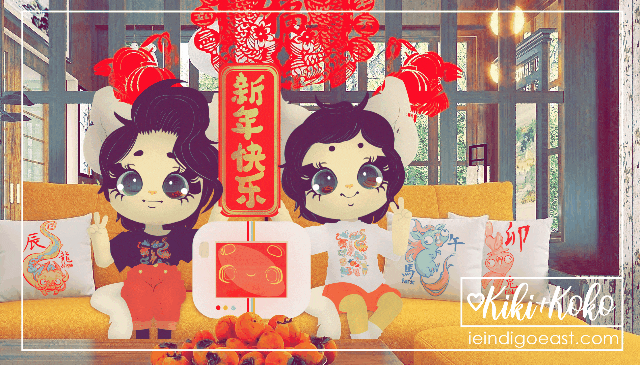
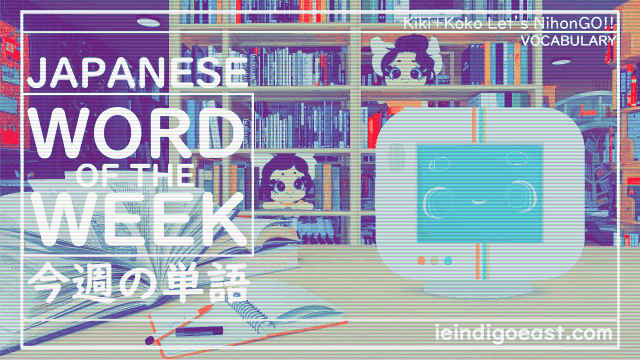
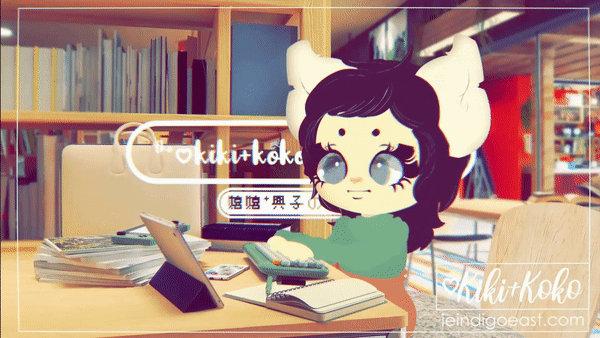
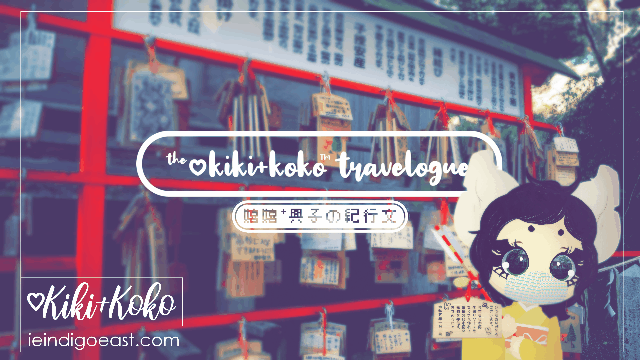
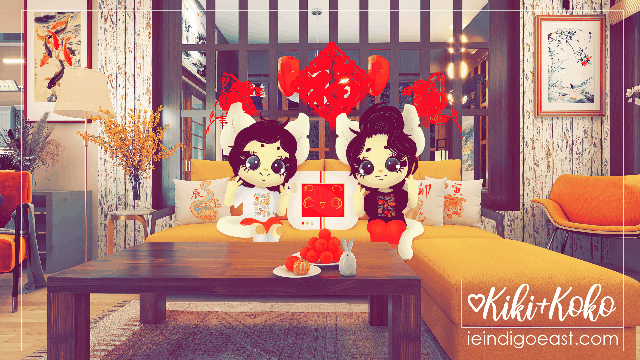






4 replies »